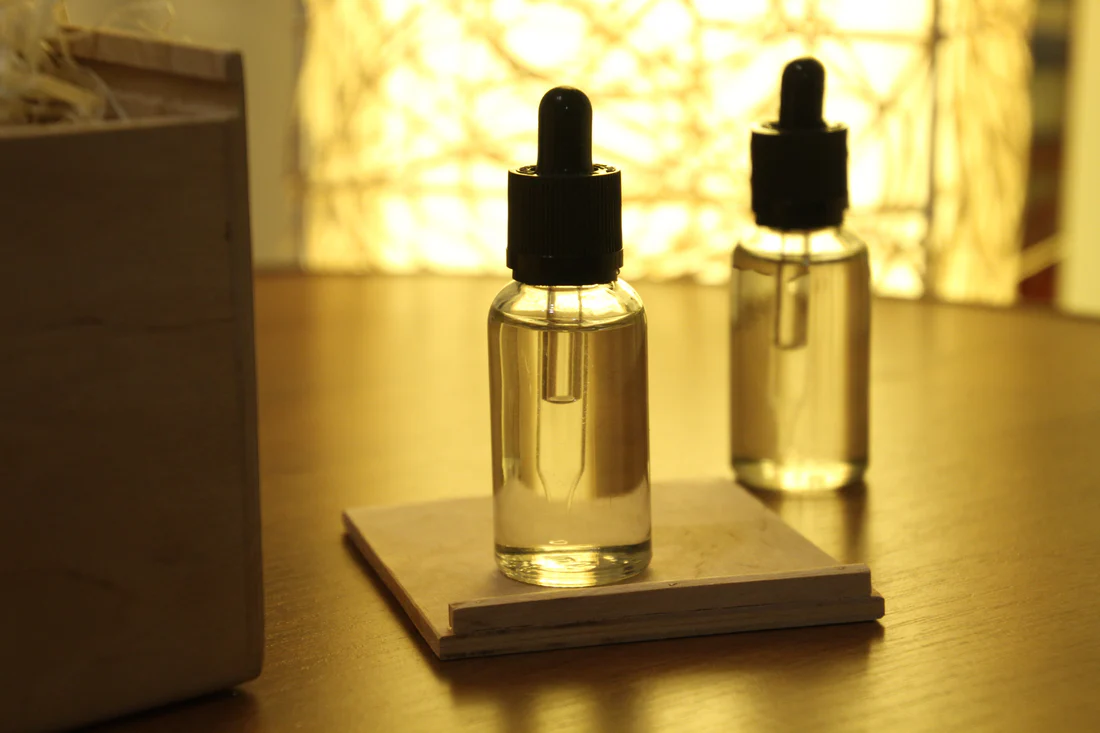WARNING: This product contains nicotine. Nicotine is an addictive chemical.
Vaping relies on heating vape juice to turn it into vapor, which is then inhaled by the user. Understanding how vape juice behaves as it evaporates can enhance your vaping experience, helping you choose the right device, settings, and e-liquid. This guide breaks down the process, providing insights into how vape juice becomes vapor and what factors impact the vapor quality and taste.
The transformation of vape juice into vapor is straightforward but fascinating. When the device’s coil heats up, it causes the liquid in the e-liquid to evaporate. Vape juice consists of ingredients like vegetable glycerin (VG), propylene glycol (PG), flavorings, and sometimes nicotine. VG is thick and produces dense clouds, while PG is thinner and enhances flavor.
As the coil reaches optimal temperatures (generally between 300–400°F or 150–200°C), the vape juice is atomized. The VG and PG, along with any flavors, vaporize, creating the mist that vape enthusiasts inhale. This process is controlled by the device’s power settings, which determine how much heat is applied to the coil and how quickly vape juice evaporates.

Temperature control is vital in vaping, as the heat directly impacts the quality and taste of the vapor. Low temperatures create a smoother, cooler vapor ideal for flavor-focused vaping, while higher temperatures produce thicker clouds, enhancing VG’s characteristic density. However, extreme heat may lead to a burnt taste, indicating that the coil or wick may be drying out too quickly.
Using the correct heat settings can preserve the flavor profile of vape juice, especially if it contains delicate notes like fruit or dessert flavors. Overheating can also affect the lifespan of your coil and the quality of your vaping experience, so adjusting your device’s wattage or temperature is essential for optimal results.
The type of device and e-liquid you choose also plays a role in how vape juice evaporates. High-powered mods allow for more customization in temperature and wattage settings, which means you can finely tune how the vape juice vaporizes. Devices with temperature control (TC) modes are particularly useful, allowing you to set a specific temperature, so the coil remains within an ideal heat range.
When selecting vape juice, consider the VG/PG ratio. High-VG e-liquids are suitable for cloud chasing and higher temperatures, as VG is thicker and requires more heat to vaporize. PG-based e-liquids work well at lower temperatures and produce a sharper throat hit, often favored by those seeking a more intense experience.

The coil is central to the evaporation process, as it’s responsible for heating the vape juice. To ensure consistent performance, clean or replace your coils regularly. Overused coils accumulate residue from flavorings, which can alter the vapor’s taste and reduce the coil’s effectiveness in evaporating vape juice.
Avoid “dry hits” by ensuring the coil is adequately saturated with vape juice before firing your device. Dry hits occur when the coil heats up without enough liquid to evaporate, resulting in a harsh, burnt taste. Proper coil maintenance and priming before use prevent this, offering a more satisfying and smooth vaping experience.
When vape juice is heated by the coil in a vape device, it transforms into vapor through a process that depends on the device’s temperature settings and the liquid’s ingredients, primarily vegetable glycerin (VG) and propylene glycol (PG). Lower temperatures emphasize flavor, while higher ones produce denser clouds, but overheating risks a burnt taste and shortened coil life. Choosing the right VG/PG ratio is also essential—high VG liquids are best for thick clouds at higher temperatures, whereas PG-rich liquids offer a sharper throat hit at lower settings. Proper coil maintenance, including regular cleaning and priming, prevents burnt flavors and enhances the vaping experience. By understanding how vape juice behaves when heated, enthusiasts can optimize flavor, smoothness, and vapor density, tailoring each session to their preferences.
